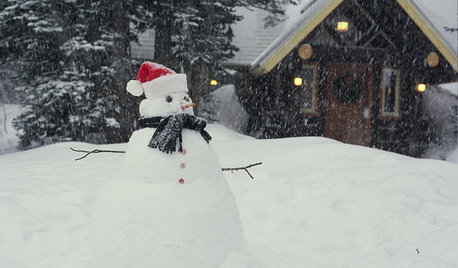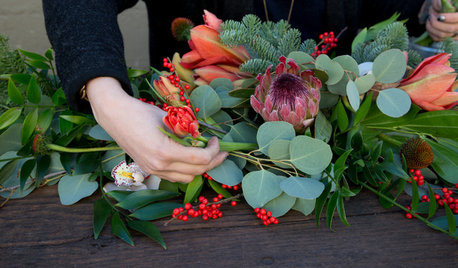persimmon winter damage '13 - '14
creekweb
9 years ago
Related Stories

LIFEShare Your Winter Storm Jonas Photos and Survival Tips!
Let’s see your pictures and hear your ideas on how you’re keeping your house warm and staving off cabin fever
Full Story
LIFEHard Winter? 9 Ways to Battle Cabin Fever
We know a lot of you are trapped where it just won’t stop snowing. Here are some ways to survive
Full Story
MONTHLY HOME CHECKLISTSYour Fall Home Maintenance Checklist
Prep your house and yard for cold weather with this list of things to do in an hour or over a weekend
Full Story
BUDGET DECORATING14 Ways to Style Your Mantel for Spring and Summer
Do up your fireplace with breezy decor that's just right for the sunny season
Full Story
BEDROOMS14 Steps to a Perfectly Polished Bedroom
Go from procrastination to gorgeous presentation with our bedroom decorating guide that covers all the details
Full Story
BATHROOM DESIGN14 Bathroom Design Ideas Expected to Be Big in 2015
Award-winning designers reveal the bathroom features they believe will emerge or stay strong in the years ahead
Full Story
GARDENING GUIDES13 Japanese Maples for Shade
A surprising variety of these understory trees is waiting to make a statement in your shade garden
Full Story
ENTRYWAYSNo Entryway? Create the Illusion of One
Create the feeling of an entry hall even when your door opens straight into the living room. Here are 12 tricks to try
Full Story
HOUSEPLANTS8 Essentials for Healthy Indoor Plants
Houseplants add so much to our homes — and can thrive when grown in the right conditions. Keep these tips in mind
Full Story
DIY PROJECTSMake a Wild, Organic Floral Table Garland for a Holiday Dinner Party
Flowers, fruit and foliage in reds, pinks, golds and greens form a colorful runner for a special winter celebration
Full Story







fruitnut Z7 4500ft SW TX
Tony
Related Professionals
Brentwood Landscape Architects & Landscape Designers · Manorville Landscape Architects & Landscape Designers · Norton Shores Landscape Architects & Landscape Designers · Simi Valley Landscape Architects & Landscape Designers · Maple Heights Landscape Architects & Landscape Designers · Brooklyn Park Landscape Contractors · Desert Hot Springs Landscape Contractors · East Chicago Landscape Contractors · Essex Landscape Contractors · Hendersonville Landscape Contractors · North Ridgeville Landscape Contractors · Paramus Landscape Contractors · Rio Linda Landscape Contractors · Sugar Hill Landscape Contractors · Hueytown Landscape ContractorsTony
bob_z6
lkz5ia
alexander3_gw
Tony
forestandfarm
skyjs
creekwebOriginal Author
Tony
bob_z6
creekwebOriginal Author
bob_z6
creekwebOriginal Author
bob_z6
RedSun (Zone 6, NJ)
Matt_z6b-7a_Maryland